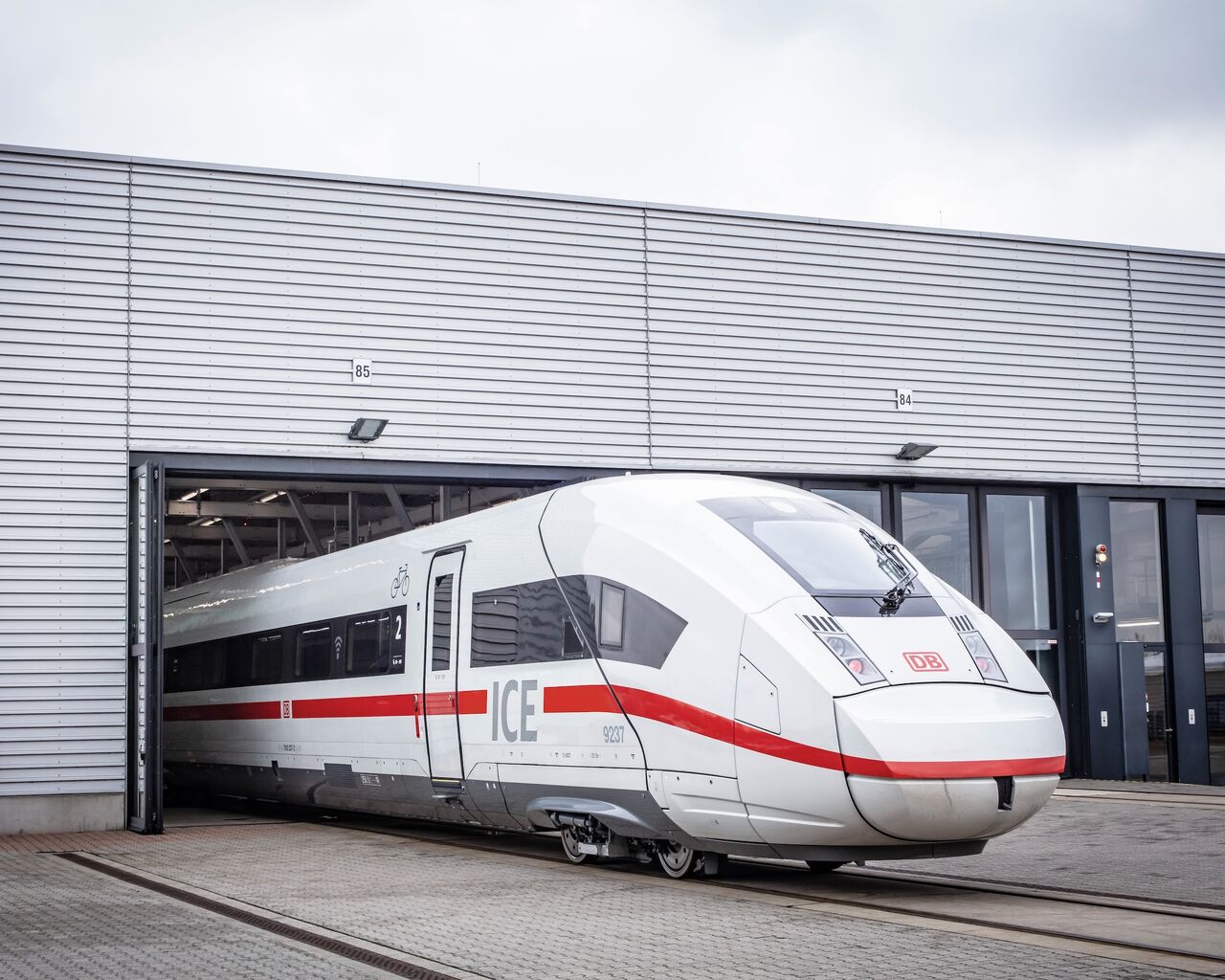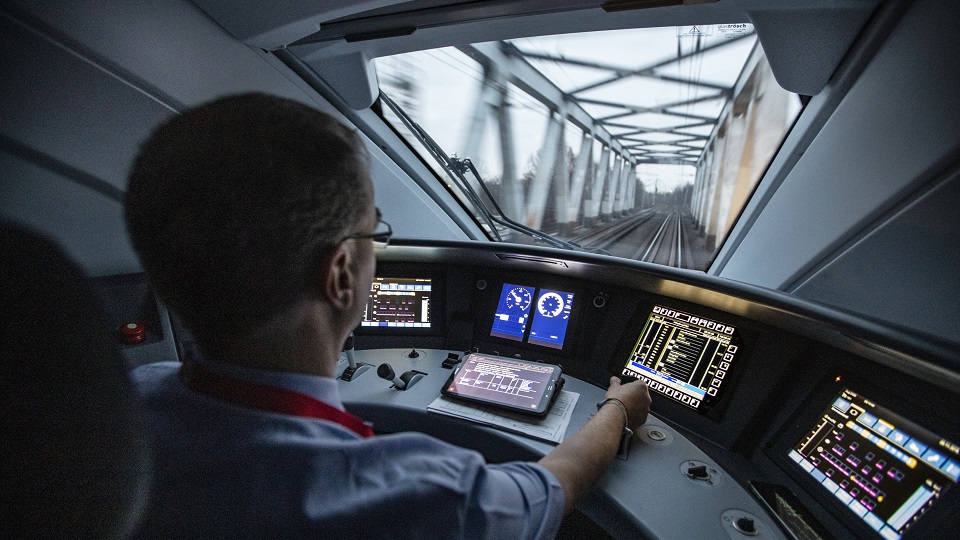Deutsche Bahn ICE 4 fleet now complete

Deutsche Bahn (DB) announces the successful conclusion of its ICE 4 fleet with the timely delivery of its 137th train, named “Spree,” at the Berlin Central Station today.
The event saw the presence of key stakeholders, including Richard Lutz, Chairman of the Board of DB, Volker Wissing, Federal Minister for Digital and Transport, Manja Schreiner, Senator for Mobility, Transport, Climate Protection and the Environment of the State of Berlin, Michael Peterson, DB Board Member for Long-Distance Passenger Transport, and Roland Busch, CEO of Siemens AG.
Improving capacity and punctuality
The christening ceremony marked a significant milestone for DB and Siemens Mobility, the manufacturer responsible for delivering 137 trains since 2016. The ICE 4 fleet, comprising over 1,500 cars and approximately 105,000 seats across three different variants, represents the culmination of a major procurement program for DB. With the completion of the ICE 4 fleet, DB now boasts the most modern and extensive ICE fleet in DB history, with over 400 trains in operation, according to DB.

Richard Lutz, CEO of Deutsche Bahn emphasised this by stating in a press release: “Siemens and DB delivered on time. Expanding the fleet is a central lever for achieving the goals of our Strong Rail strategy: Our aim is to double the transport performance in long-distance rail passenger transport. Because anyone who travels by train protects the climate. We invested six billion euros in the 137 ICE 4 trains alone. In 2024, we will continue to put a new ICE on the rails for our passengers every three weeks.”
Additionally, Volker Wissing, Federal Minister for Digital Affairs and Transport stated: “The people in our country rightly expect reliable and punctual trains again as quickly as possible. Modernising the fleet is an essential element in minimising disruptions. By 2030, around 12 billion euros will flow into new long-distance trains, the ICE fleet will grow to 450 ICE trains and the average age of ICE and intercity trains will fall from 18 today to 12 years.”
Sustainability

According to Roland Busch, CEO of Siemens: “As the longest train in the ICE fleet, it has around 25 per cent more seats, and because it is lighter and more aerodynamic, it requires 30 per cent less energy than previous models. Each train replaces 20,000 cars in its lifetime and saves up to 400,000 tons of CO2. Every ICE train on the route is good for the climate, mobility and Germany as a business location.”
As such, to Manja Schreiner, Senator for Mobility, Transport, Climate Protection and the Environment for the State of Berlin, “If the decarbonization of the transport sector were a game of cards, then the ICE 4, whose fleet has a total of 105,000 seats, could be described as the ace trump card.”
Further reading:




